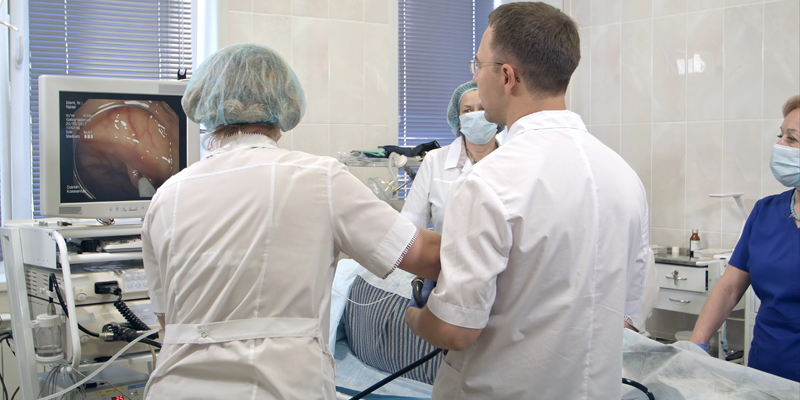Hemorrhoids are pockets of swollen blood vessels inside the anus. While they can be uncomfortable, they’re relatively common in adults. In some cases, you can treat them at home.
Hemorrhoid banding, also called rubber band ligation, is a treatment method for hemorrhoids that don’t respond to home treatments. It’s a minimally invasive technique that involves tying the base of the hemorrhoid with a rubber band to stop blood flow to the hemorrhoid.
Why is it done?
Hemorrhoids are normally treated by home remedies, such as high-fiber diet, cold compresses, and daily sitz baths. If these don’t help, your doctor might recommend an over-the-counter topical cream that contains hydrocortisone or witch hazel.
However, hemorrhoids occasionally don’t respond to home remedies or other treatment measures. They can then become increasingly itchy and painful. Some hemorrhoids can also bleed, leading to more discomfort. These types of hemorrhoids usually respond well to hemorrhoid banding.
If you have a family history of colon cancer, your doctor might want to thoroughly examine your colon before suggesting hemorrhoid banding. You may also need to get regular colonoscopies.
Do I need to prepare?
Before the procedure, make sure you tell your doctor about all over-the-counter and prescription medications you take. You should also tell them about any herbal supplements you take.
If you’re having anesthesia, you may also need to avoid eating or drinking for several hours before the procedure.
While hemorrhoid banding is generally a straightforward procedure, it’s a good idea to have someone take you home and stay with you for a day or two following the procedure to help you around the house. This can help you avoid straining, which could lead to complications.
How is it done?
Hemorrhoid banding is usually an outpatient procedure, meaning you won’t need to stay in a hospital.
Before the procedure, you’ll be given anesthesia or have a topical anesthetic applied to your rectum. If your hemorrhoids are very painful, or you need to have a lot of them banded, you may need general anesthesia.
Next, your doctor will insert an anoscope into your rectum until it reaches the hemorrhoid. An anoscope is a small tube with a light at the end of it. They’ll then insert a small tool called a ligator through the anoscope.
Your doctor will use the ligator to place one or two rubber bands at the base of the hemorrhoid to constrict blood flow. They’ll repeat this process for any other hemorrhoids.
If your doctor finds any blood clots, they’ll remove them during the banding process. In general, hemorrhoid banding only takes a few minutes, but it could take longer if you have multiple hemorrhoids.
What’s the recovery like?
After the procedure, the hemorrhoids dry up and fall off on their own. This can take between one and two weeks to happen. You may not even notice the hemorrhoids fall out, since they usually pass with bowel movements once they’re dried up.
You may feel some discomfort for a few days after hemorrhoid banding, including:
- gas
- flatulence
- abdominal pain
- abdominal swelling
- constipation
Your doctor may recommend taking a laxative to help prevent constipation and bloating. A stool softener can also help.
You may also notice some bleeding for a few days after the procedure. This is completely normal, but you should contact your doctor if it doesn’t stop after two or three days.
Are there any risks?
Hemorrhoid banding is a relatively safe procedure. However, it does carry a few risks, including:
- infection
- fever and chills
- excessive bleeding during bowel movements
- problems urinating
- recurring hemorrhoids
Call your doctor right away if you notice any of these symptoms.


